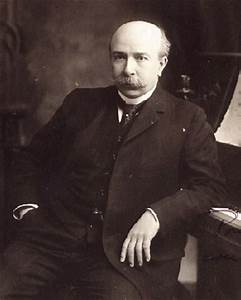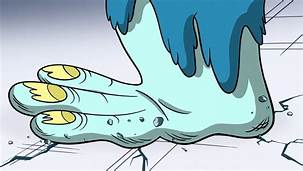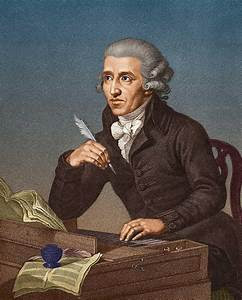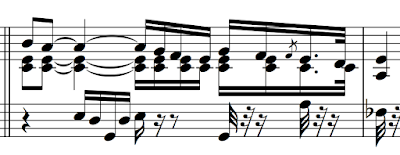 |
| J. S. Bach |
My far-flung student, the one who prefers not to Skype but rather send videos with written questions, startled me with some unusual pedal issues. He is playing the Isador Philipp transcription of the "Little" G Minor organ fugue of Bach. He complained of cramping in his calf as the result of pedaling in this piece. Well, I've never before heard of leg injuries from playing the piano. Since I
 |
| Isador Philipp |
didn't have a clear view in the video of his foot, I responded first to his written statements with some basic pedaling techniques in Bach.
In unadulterated Bach, which this isn't, pedaling is almost non-existent. That is, we pedal in such a way as to avoid blurring textures. So, we can use pedal on a single chord for warmth or accent; we can use pedal to assist in making a legato connection in a melodic leap (rarely necessary). In Philipp's transcription, I would begin with these ideas in mind, particularly regarding clarity of textures—where he allows for that possibility. We can think of this piece as more romantic than Baroque, imagining a large organ resonating in a cathedral.
Now, for the more pertinent issues of pain in the leg. Remember, playing the piano is easy and doesn't hurt, not even when using the pedals. The ball of the foot remains on the pedal, rising only to the point where the dampers release. More than that is overkill. With a properly adjusted pedal, the movement of the foot is almost imperceptible. The basic pedal technique is the so-called syncopated pedal in which the pedal acts on a note to sustain it while the hand moves to a different note, at which time the pedal is reactivated. A flutter pedal is used to release some of the accumulated sound, but not all of it. You can experiment with this technique by playing a chord, putting the pedal down, releasing the keys just to near the point of sound and allowing your foot to come up only part way, not all the way to a complete release of sound.
Listening to the sound you make is, of course, always a good
approach, particularly apropos of clarity. I think most advanced pianists pedal "by ear." That is, listening for the degree to which sonorities overlap and how much of that is desirable. If there are passages that are particularly confounding, you can take a technical approach to the use of the pedal, deciding when or if it should be applied and on exactly which note it should be depressed. Do this slowly and thoughtfully, gradually working in the pedal technique the way you would other techniques.
 I concluded that his piano has to be some how out of adjustment if he can't depress the pedal easily with the ball of his foot. He should not have to stomp on it.
I concluded that his piano has to be some how out of adjustment if he can't depress the pedal easily with the ball of his foot. He should not have to stomp on it.




 I concluded that his piano has to be some how out of adjustment if he can't depress the pedal easily with the ball of his foot. He should not have to stomp on it.
I concluded that his piano has to be some how out of adjustment if he can't depress the pedal easily with the ball of his foot. He should not have to stomp on it. Yes, I know this is off topic. But, I hasten to point out that many of my followers play string instruments, as do I. So it may be of interest to those folks that I have been at it again, transcribing from one venue to another, which would be considered quite normal in Haydn's day.
Yes, I know this is off topic. But, I hasten to point out that many of my followers play string instruments, as do I. So it may be of interest to those folks that I have been at it again, transcribing from one venue to another, which would be considered quite normal in Haydn's day.





